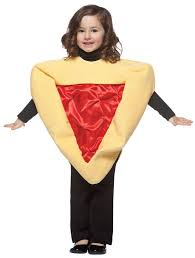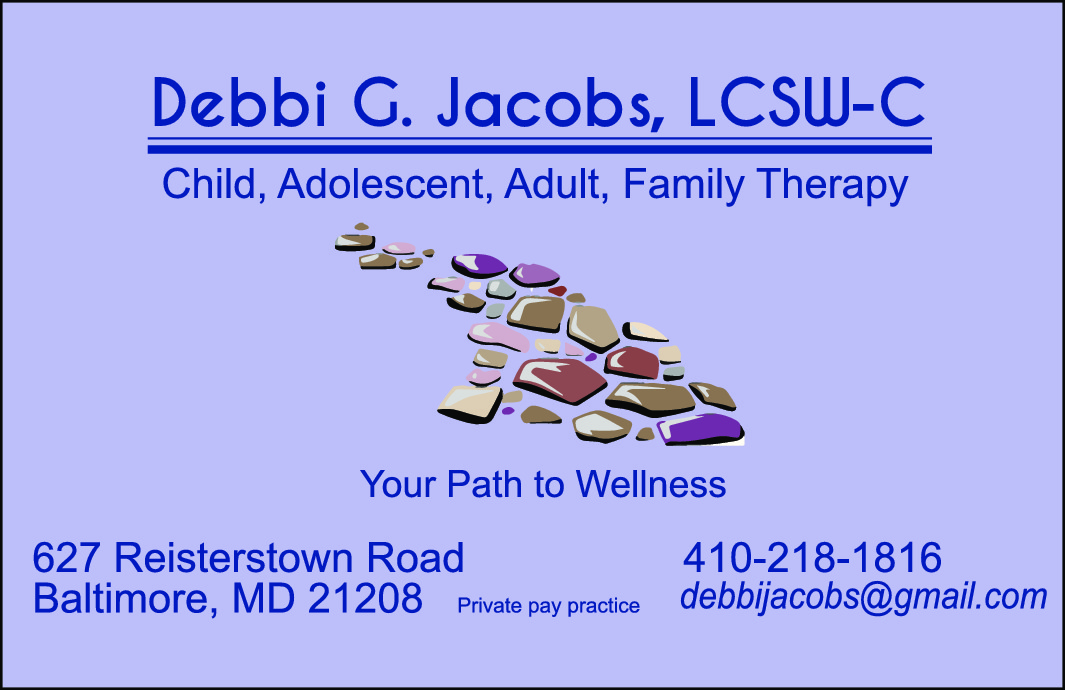Playing with Matches: Today’s Shidduch System is a Hot Topic

Navigating the shidduch system was a cinch when the Baby Boomers dated. That’s because there was no system – and yet, singles did not suffer from the shidduch “crisis” referred to today. In addition to meeting at shul, school, and singles events, they met at Shabbos tables, Catskill hotels, libraries, and even Tashlich. Relatives, friends, classmates, students, workmates, and neighbors often proposed (no pun intended) ideas. Oh, and suggestions were also made by shadchanim.
There was no such thing as today’s mandatory shidduch profile (more commonly called by the misnomer “resume”), and guys (or their mothers) did not insist on seeing the girl’s photo prior to going out. An extensive preliminary FBI (Frum Bureau of Investigation) check of references did not exist. After hearing some details, you basically trusted the person who broached the idea and then relied on your own judgment.
Read More:Playing with Matches: Today’s Shidduch System is a Hot Topic















